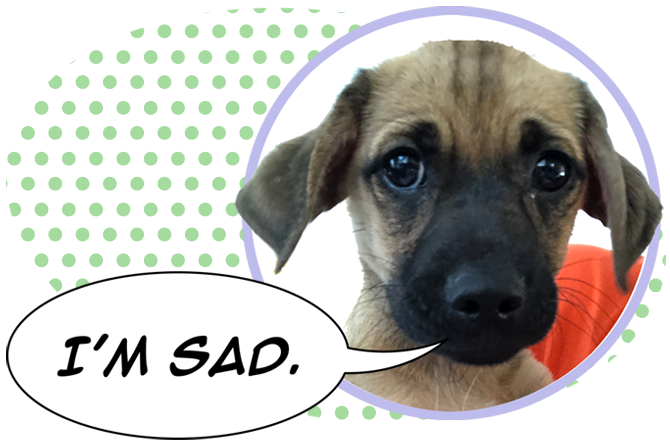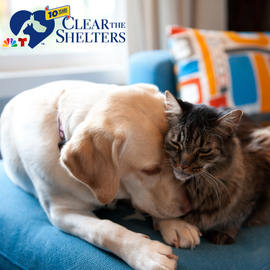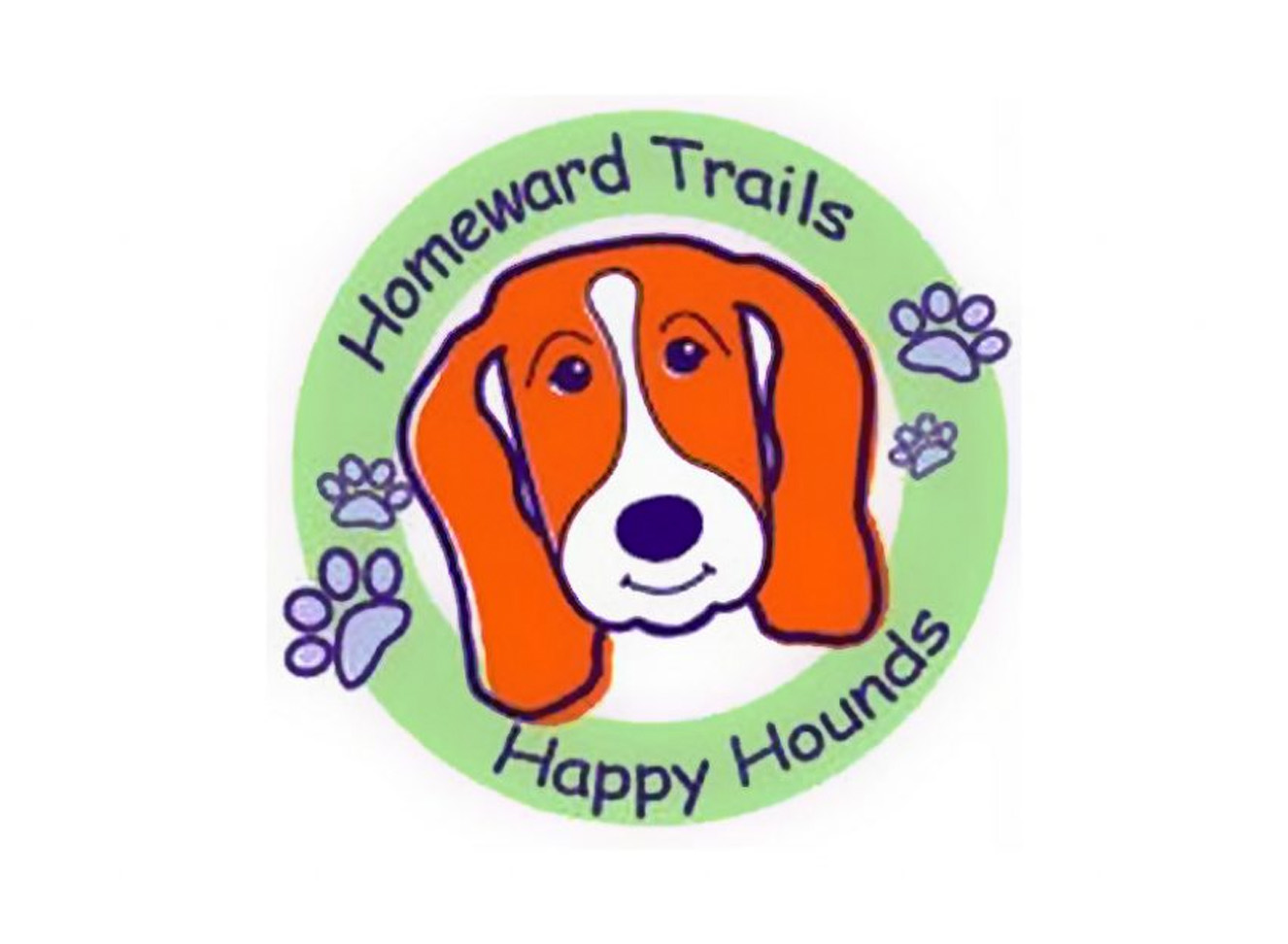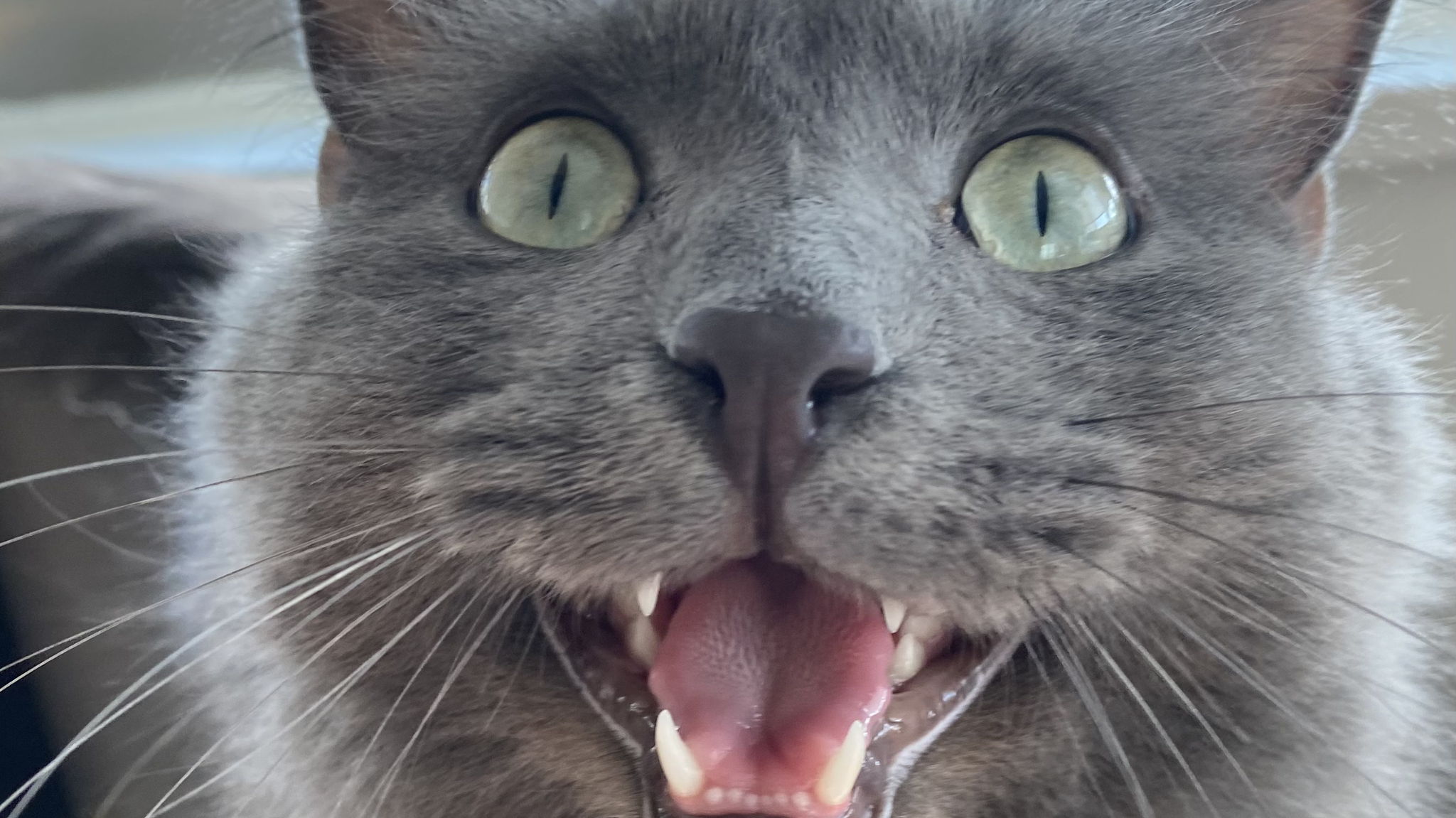Size Differences Between Dogs HOMEWARD TRAILS RESOURCE LIBRARY: DOGS!
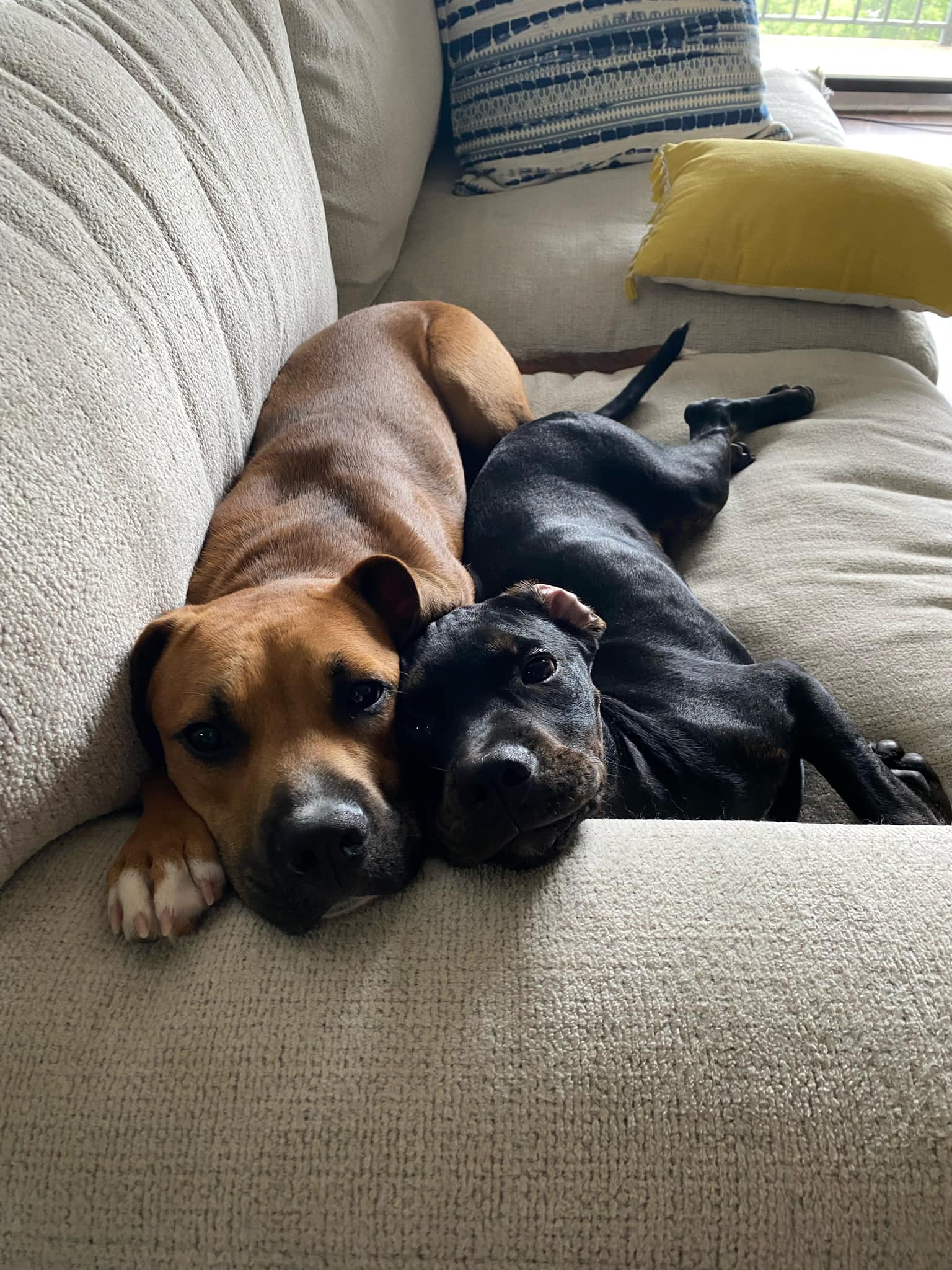
Many dogs have the desire to hunt.
This can sometimes cause problems with big size differences between dogs.
Predatory
Behavior
Everyone knows that dogs like chasing balls, cats, sticks and Frisbees, but not everyone knows why. Dogs are descended from wolves, which are predators. Many dogs have thus inherited, to some degree, instincts to hunt. Activities like chasing moving objects, stalking, and grabbing and shaking stuffed animals are all examples of these instincts. Wolves are all about the same size and live in the same social group for their entire lives. Dogs, by contrast, have been selectively bred to achieve a staggering variety of sizes, and also regularly meet dogs that are new to them. Selective breeding has also exaggerated different aspects of predatory behavior. This is why border collies herd sheep, pointers point, terriers love killing small animals and so many dogs love chasing and retrieving. Problems arise when predatory behavior is directed at other dogs.
Predatory
Drift
Even dogs that are not usually into hunting-type activities may have predatory reflexes triggered if the situation is close enough to a predator-prey interaction. A good example is when one dog flees from another. The rapidly retreating animal looks like prey. Another example is when a doggie argument occurs and one dog panics and begins to vocalize or struggle like a prey animal. A predatory reflex in the other dog may then kick in. When this happens, it’s called predatory drift – what began as a social interaction drifted into a predator-prey interaction. Predatory drift frequently results in serious injuries or death to the dog that is struggling and panicking. This is because the prey killing reflex is a much more serious kind of bite – often a grab and shake – than that which occurs in a regular dogfight.
The risk of predatory drift is greatly increased when there is a significant size difference between the two dogs arguing. For this reason, all interactions between very large and very small dogs should be closely supervised, especially if there is reason to expect any arguing. The risk goes higher still if the smaller dog is prone to panic and/or the larger dog has demonstrated any predatory propensities. Because of this risk, many animal rescues use a “50% rule” in its adoption policy – the smaller of two dogs must be at least half the weight of the larger dog.
Courtesy of the San Francisco SPCA
